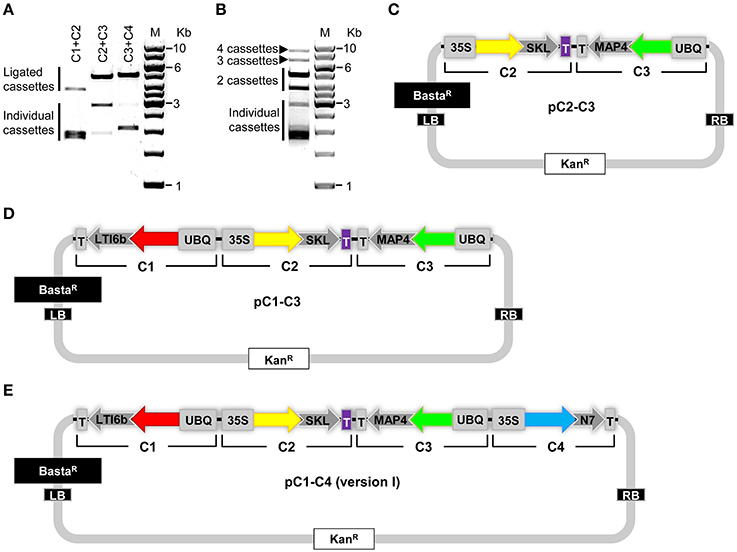Before you get too excited concerning the bandwidth number, PCB board assembly it is best to know that Sony’s newest wireless innovation works at a spread of as much as 14 millimeters. So no, it will not be replacing your WiFi antenna anytime quickly, but it may nicely be displaying up in your subsequent television set or different bit of Sony-branded gadgetry. Working in the 30GHz to 300GHz frequency range, that is designed to exchange wired communication channels inside electronic units, with Sony claiming it’ll ship “benefits reminiscent of dimension and value-reduction and enhanced reliability of the ultimate product.” Basically, erecting 1mm antennae that may beam data at one another at a fee of 11Gbps seems to be simpler and extra reliable than printing ever wider information lanes into the circuit board. Is sensible to us. Full PR after the break. Tokyo, Japan, February 8, 2010 – Sony Corporation (‘Sony’) at this time introduced the event of millimeter-wave wireless intra-connection technology that realizes high velocity wireless information switch inside digital products similar to tv units. By changing difficult wires and inside circuitry with wireless connections, this know-how allows a reduction in the scale and price of the IC and different elements utilized in electronics products, delivering advantages corresponding to size and price-discount and enhanced reliability of the ultimate product. The advancing performance of in the present day’s electronics products requires ever growing quantities of inside information switch. Once wired connections approach the restrict of their information capability, further circuitry is required to facilitate larger knowledge transfers, nevertheless this results in the problem of increasingly sophisticated IC packages, intricately printed circuit boards, and larger IC sizes. This new wireless intra-connection system is predicated on millimeter-wave wireless data switch technology. Millimeter-wave refers to electromagnetic waves with a frequency of 30GHz to 300GHz, and wavelength between 1mm to 10mm. With their excessive frequency, millimeter-waves are suited to extremely high velocity data transfer, whereas an extra benefit is their potential to switch data using only very small antennas. The excessive frequency applied sciences used on this system additionally draw on Sony’s intensive experience and years of expertise in the field of wireless communications and broadcast products. Specifically, Sony has built-in extremely power efficient millimeter-wave circuits on 40nm-CMOS-LSIs (with an lively footprint of just 0.13mm2 together with each the transmitter and receiver), to realize high speed, 11Gbps knowledge transfer over a distance of 14mm utilizing antennas approximately 1mm in dimension. By replacing physical circuitry in electronics products with excessive speed wireless connections, this new data switch know-how reduces the variety of wired connections and minimizes IC use, to simplify the IC bundle and printed circuit board. Furthermore, as a result of the data switch happens with out contact, this enhances the reliability of movable and detachable parts throughout the product. Sony will proceed with efforts to undertake this technology in a spread of electronics products, while persevering with its growth to meet ever-growing data-fee necessities. Sony has drawn on its years of experience in radio frequency applied sciences to understand compact, low power, millimeter-wave circuits optimal for use in intra-connection over CMOS-LSIs. Because of the small footprint of just 0.13mm2 the circuits could be constructed into a single chip, at very low cost. Synchronized detection, which aligns the receiver with the transmitted carrier frequency, is an effective technique of offering ample transmission range for intra-connection, whereas additionally guaranteeing low power consumption. However, the PLL (Phase Locked Loop) usually used for this synchronization has the drawback of requiring massive, energy-consuming circuitry to transmit at millimeter-wave frequency. By adopting an injection lock system that eliminates PLL, Sony has enabled synchronized detection over small dimension circuits, whereas also minimizing energy consumption and providing adequate transmission range for successful intra-connection. This know-how, used along with miniature antennas approximately 1mm in size, enable transmission speeds of 11Gbps over a distance of 14mm, with power consumption of 70mW. It is possible for this distance to be prolonged to around 50mm using excessive directivity antennas. 2 A way of synchronization that injects incoming indicators into the receiver’s oscillator, and then aligns the oscillator to that sign. All merchandise really useful by Engadget are selected by our editorial team, unbiased of our dad or mum company. Some of our stories include affiliate links. If you purchase one thing by way of one of these hyperlinks, we could earn an affiliate commission. Should you loved this informative article and you wish to receive much more information with regards to printed circuit board buying guide i implore you to visit our own site.
